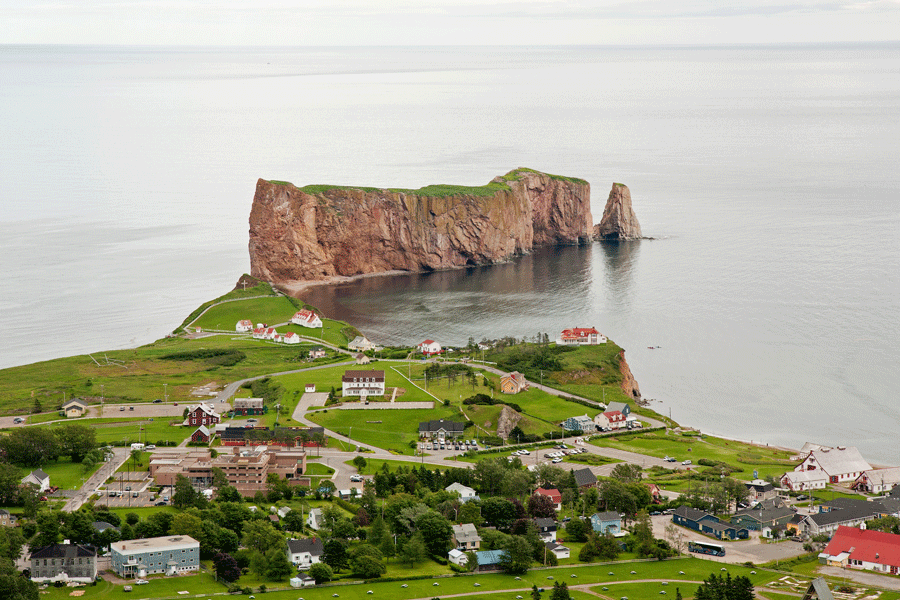
For most travellers to the Netherlands, Amsterdam is typically the first and only stop on their visit, which sadly does not do justice to the country’s incredible beauty that has inspired painters and artisans for centuries. To appreciate this tiny and historic country, one must make time to escape its larger cities which is why we we’ve put together this list of the 10 Most Picturesque Town in The Netherlands together. We hope you enjoy it.
Onwards!
The Guide
Thorn, Limburg, The Netherlands
Bunschoten, Utrecht, The Netherlands
Zierikzee, Zeeland, The Netherlands
Hoorn, Noord-Holland, The Netherlands
Valkenburg, Limburg, The Netherlands
Naarden, Noord-Holland, The Netherlands
Harlingen, Fryslân, The Netherlands
Zaanse Schans, Zaanstad, Noord-Holland, The Netherlands
Giethoorn, Overijssel, The Netherlands
The Picturesque Towns

Giethoorn
Giethoorn is an idyllic village known for its boat-filled waterways lined with centuries-old thatched-roof houses. The “Venice of the Netherlands”, Giethoorn is a mostly car-free area which means visitors can take a tour of the peat islands by foot, boat, or by bike, using the villages over 170 small wooden bridges to experience its unique atmosphere.
Zaanse Schans
A small neighbouhood of the nearby town of Zaandam, Zaanse Schans is best known for its collection of well-preserved historic windmills and houses which attracts over 1.6 million visitors every year. There are seven museums in the neighbourhood that bring Dutch history to life.
Harlingen
With a long history of fishing and trade, Harlingen is strategically located on the south coast of the Wadden Sea, in the northern province of Friesland. It was awarded city status in 1234 and much of its original fortifications, canals, warehouses, and mansions.
Naarden
Naarden is one of the best-preserved fortified towns in Europe and is famous for its star-shaped fortifications and moat. Because it is quite small, most of the town is accessible by foot, and thanks to its protected status, you can get a good picture of what life was like in 17th-century Holland.
Valkenburg aan de Geul
Located in the southeast province of Limburg, its name “Valkenburg aan de Geul” refers to the town, Valkenburg, and the small river Geul that runs through it. While no longer a fortified town, Valkenburg still retains a lot of charm with its chalk houses and rolling countryside.

Volendam
Volendam is a rather unique village in North Holland. Its relative isolation from the rest of the country means that the village has a unique character about it that harkens back to a more traditional time in Dutch culture. The most popular thing to do in Volendam is to walk through its old center with its colurful houses, making your way to the bustling harbour which still holds the enchanting atmosphere of a live fisherman’s town.

Hoorn
Hoorn is a charming town in North Holland with one of the largest harbours on the Ijsselmeer, the largest lake in Holland. Featuring an attractive old city centre, one of its most iconic landmarks is the Hoofdtoren (pictured in background), which dates back to 1532 and is one of the few surviving remnants of the town’s fortifications.
Zierikzee
A trading centre since the early Middle Ages, Zierikzee has a beautiful old town centre that is protected by several old gates that still remain including the Zuidhavenpoort (pictured). While you’re in town, make sure you try Zeeuwse bolus, the local delicacy, or the freshly caught lobster which is well regarded.
Bunschoten-Spakenburg
A 30-minute drive north from Utrecht, Bunschoten-Spakenburg is an authentic Dutch fishing village that is special for its old museum harbour and bustling fishing boat wharf. The village’s fortifications were destroyed at Christmas 1427 in a war between two rival bishops, and were never rebuilt.
Thorn
A small town in the southern province of Limburg, Thorn originated as a monastery for noblewomen around 990 BC and the Abdijkerk Thorn (the monastery church which is how the little town originally came into being) is a must-visit. Widely known as “The White Town” in The Netherlands, the distinct colouring came from the town’s poorer citizens who couldn’t afford France’s taxes (which were calculated based on the dimensions of a house’s windows). Because the poor couldn’t pay their taxes, they would brick in the windows and paint the old and new brick white to make the entire facade indistinguishable.










